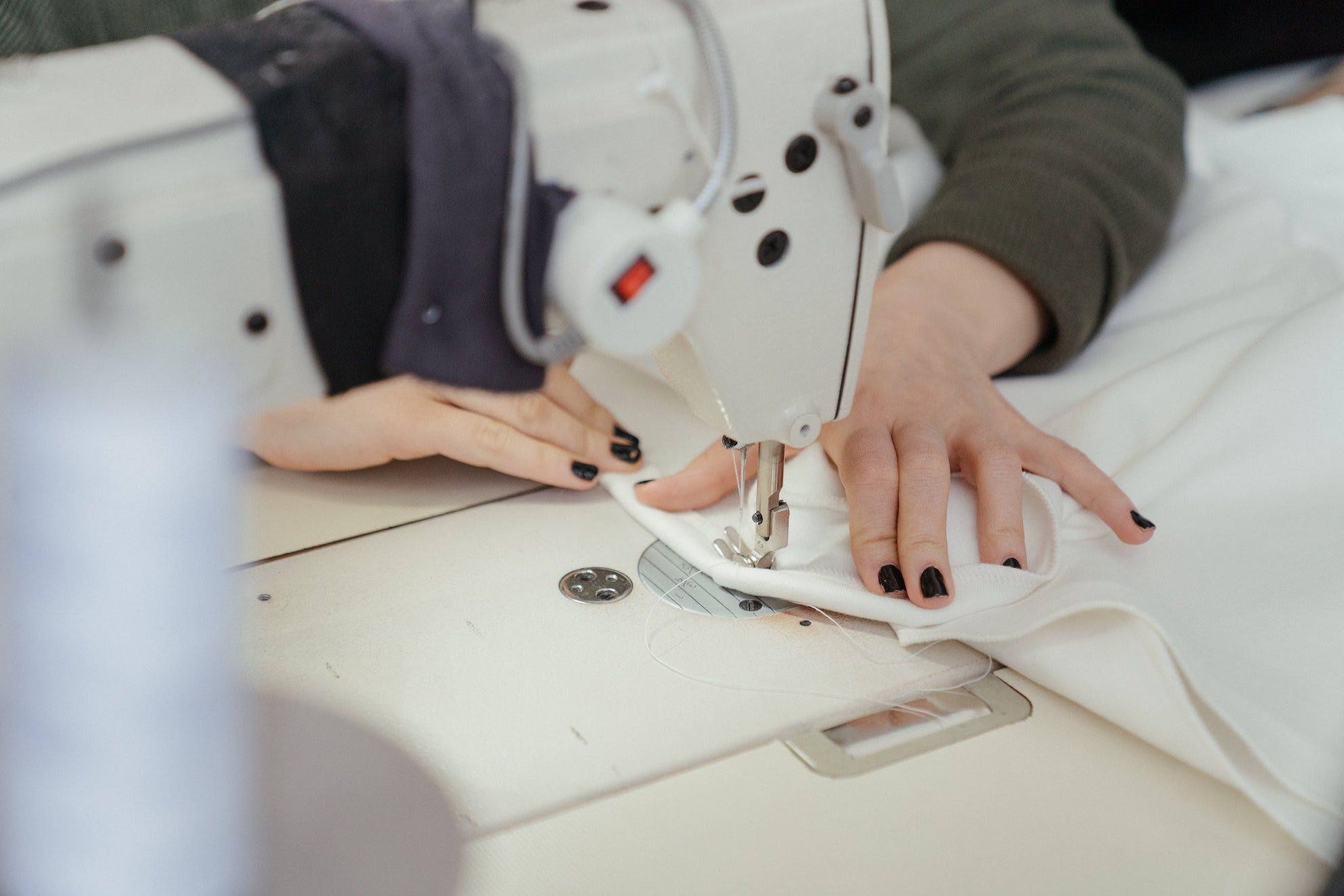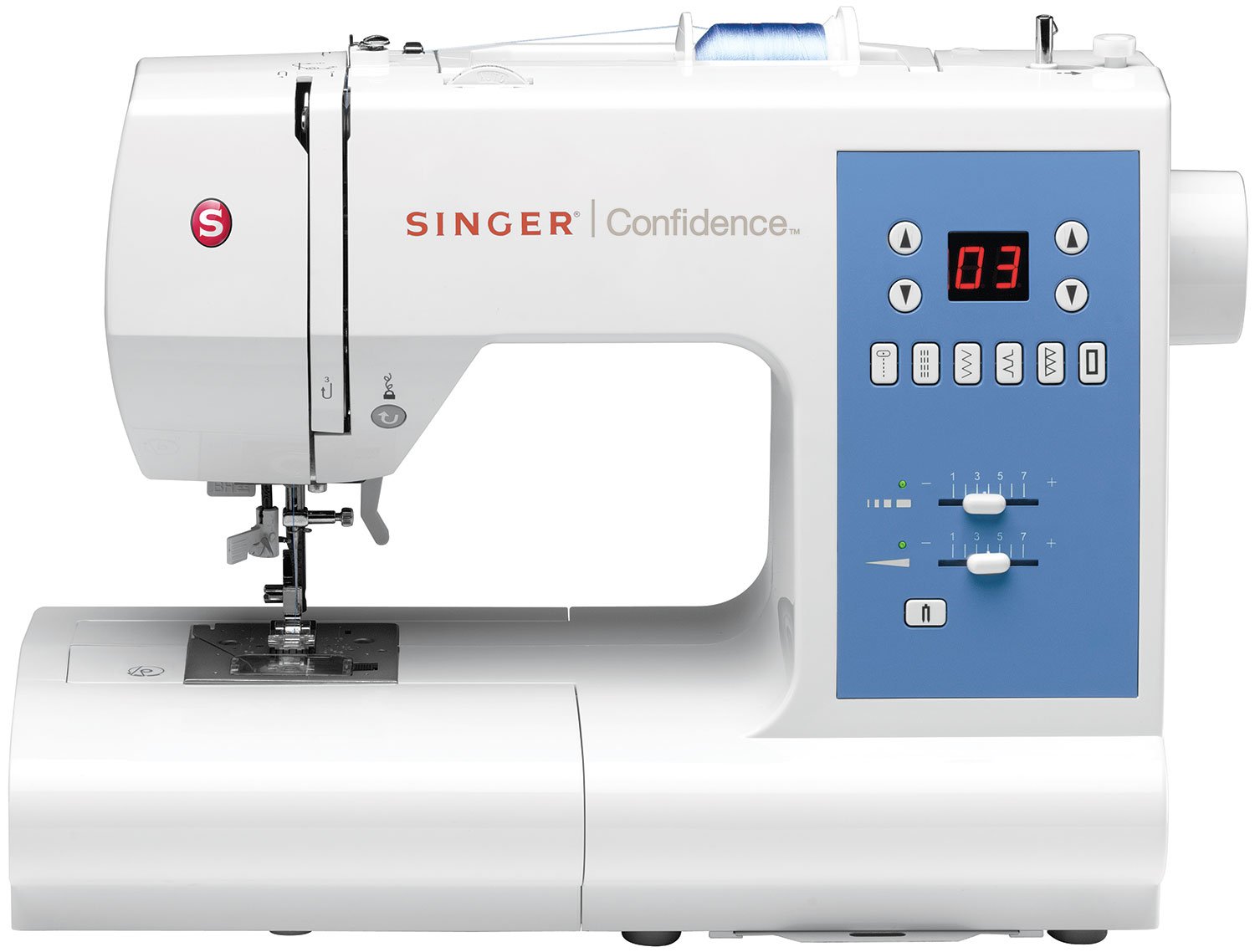12 Things I Wish I Knew About Sewing as a Beginner
Sewing is by far one of the most interesting hobby to take on. It does not take long to acquire the basic sewing steps to venture on any beginner projects, however I think there are a few tips and useful advices out there which I wish I listened to more and actually took it to heart when I was just starting to get familiar with this journey.
Today I want to share a few insights which you should consider throughout the beginning stages. These guidelines will make your sewing journey going way more smoother and will be an enjoyable process if you pay a little closer attention to the below tips and notes.
Tip 1: Take the time you need
You feel a bit less then when you see those youtube sewing tutorials when someone seemingly puts together a garment with ease ? Well, don’t be. Most probably they have years of practical experience & technical knowledge behind them and some video editing skills which turns it into entertainment.
Learning the craft and the art of sewing takes a long time, if you decide to make a tailored gorgeous garment, you feel proud to wear and fits on your body shape it will not be an afternoon project nor going to be ready within a few hours. It is like a cooking book, when they say it is a 20 min recipe it actually 2 hours plus cleaning up.
Release any stress and try to embrace and enjoy the learning process. It isn’t a competition by any means, it is all about having fun.
Tip 2: Don’t be afraid of making the first cuts
Many dressmaker and sewing hobbyist stops at the beginning, when it is about handling the fabric and making the first cut. I understand it is scary, especially when you have a sustainable dress making mindset and you plan to create something long lasting from a high quality fabric you invested in.
It is always useful to practise first, refashion your existing clothes or make changes to the ones you already bored with from your closet. On the other hand, if something goes wrong you can still make kitchen towels out of them :)
Tip 3: Follow the direction
Watch out for the arrows and waves, sounds like being on the road to the beach!
Following after the second point is: Watch out for the weave of the fabric, the directions how to cut fabrics can make or break the entire project. Always follow the instructions on the patterns which will essentially tell you the running directions of the threads in the fabric. Of course we all know those little arrows and lines are there but I think every sewist at least once ignored all the signs and played around with the pattern and moved them all over the place on the material which can ultimately create unwanted swirls, ruffs and some weird things.
Tip 4: Mistakes is part of sewing
Mistakes is part of the process, this is how we learn, it isn’t a competition. It is totally fine not getting it right for the first time, sometimes not even for the second or the third, yes there are dress making projects that are just being a bit stubborn! What we want them so much that is why we started it all, so just unpick and do it again or put it aside and maybe get back to it later. Sewing is one a creative project that takes time, patience and you need to be in the mood to sew. Blaming ourselves and comparing to others would take away the fun part of it all.
Tip 5: Slow the ta-ta-ta-ta-ta-ta-ta
If you are still getting familiar with your machine my advice would be is to take it slow, I mean it literally. You don’t have to push the pedal like in a race car! You can actually sew very slow, not putting as much pressure on your footer would make it less fast so you can take the process in smaller bites which is helpful for the difficult parts. Alternatively you can grab a thread and needle and hand stitch first, once you are confident in your work sew through with your machine as a final result.
Tip 6: Take the time to study all kinds of sewing needles
It is one of the funniest one, as who would really think about it? You may believe all you need is a powerful sewing machine, the right material and skills and there is nothing that your little new friend can not solve. Well, in articles and maybe in sewing magazines you download or cut out the desired sewing pattern a little side note is included most of the time as a tip to change your needles for jersey fabric or leatherette just as little side notes for fabric requirements - don’t ignore any of those.
I know.. those notes are so tiny almost feel like optional. I would advise you to follow the suggestions and take some time to study which needles can be paired with which fabrics and by doing so you will save so much headache, broken needles, ugly steams and the list goes on.
From a general standpoint not changing needles and sewing with the same for a long time can also cause all sorts of issues. It’s great if you keep a needle set in your craft box and change them regularly once you realise something is up, for example when it skips a few stitches. It really varies how often to do so since it greatly depends how much you use your machine.
Tip 7: Refashion instead sewing patterns made to measure
Did you know even sewing patterns taken out of sewing magazines needs to be fitted to your body? Even couture custom made tailored fashion clothes needs a lots of fitting and adjusting. Although they are professionally put together and designed by pattern makers they can not possibly make it fit to everybody’s body type on this planet, we still need to make little fit to measure adjustment here and there mentioning that it don’t make it less complicated to someone who is just picking sewing up as a new hobby.
I would suggest you to start refashion, update your clothes, pick ones are already fitting on you but you think they need to be reconstructed, changed, spiced up. Cut, transform, chop it off, add whilst keeping the core elements and seams untouched. This will result in great improvement in your “refashion fashion journey”.
Tip 8: Maintenance
Just like anything else in a household, your sewing machine needs a regular maintenance as well. Don’t let these pass you, your sewing machines will be so thankful. When it is getting very loud pay attention to it and put some oil in it. Follow the directions included in the user manuals how to. Also clean your machine, take the time to take off the metal lid below the foot and remove all excess fluff with a brush.
Tip 9: Find your creative flow
Set a creative habit, find the time of the day when the best suits you, if you feel tired or unmotivated it is probably the best to wait till next day. You can create a special corner in your home with mood boards and fun sewing displays with buttons, ribbons, pieces of art that will always remind you of the project and where you are at with it so you can easily pick it up and get in the mood.
Tip 10: User meets Sewing Machine
Get to know your sewing machine, sewing is all about preparation.
Prior sewing there is a preparation: drawing the pattern, cutting your textile, pinning, measuring, organizing, getting everything within a reachable distance and making sure you have the right needle, thread, right foot, right settings and all the bits at hands.
RELATED ARTICLE
Tip 11: Always make a trial sewing on a scrap piece
Always test the fabric first, test how your stitches looks on the textile, what the end result of the sewing line and see the behaviour of the fabric.
Tip 12: Pressing
Pressing is important yet not talked about it enough when is about putting your dress together. if you feel like your seams and threading lines are a bit looking like a beginner’s then make sure you press it and watch as it is immediately improves the quality of the garment.
Such an easy trick which elevates the look.



























